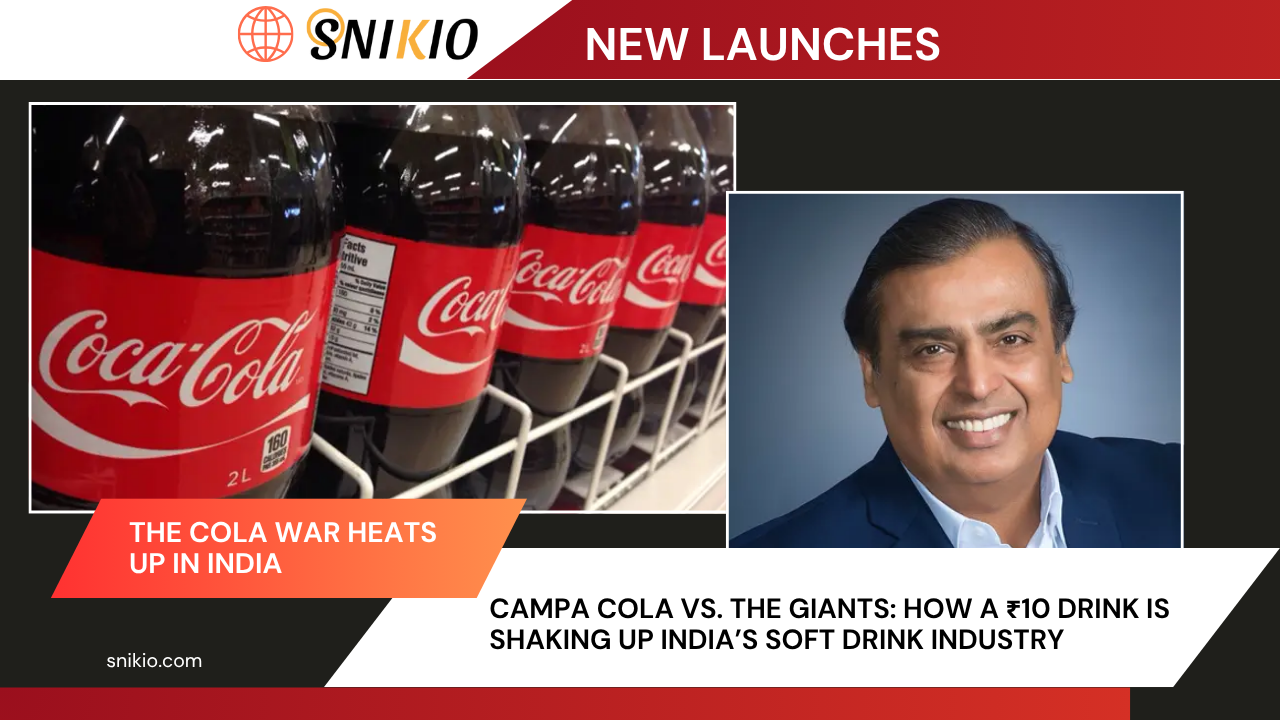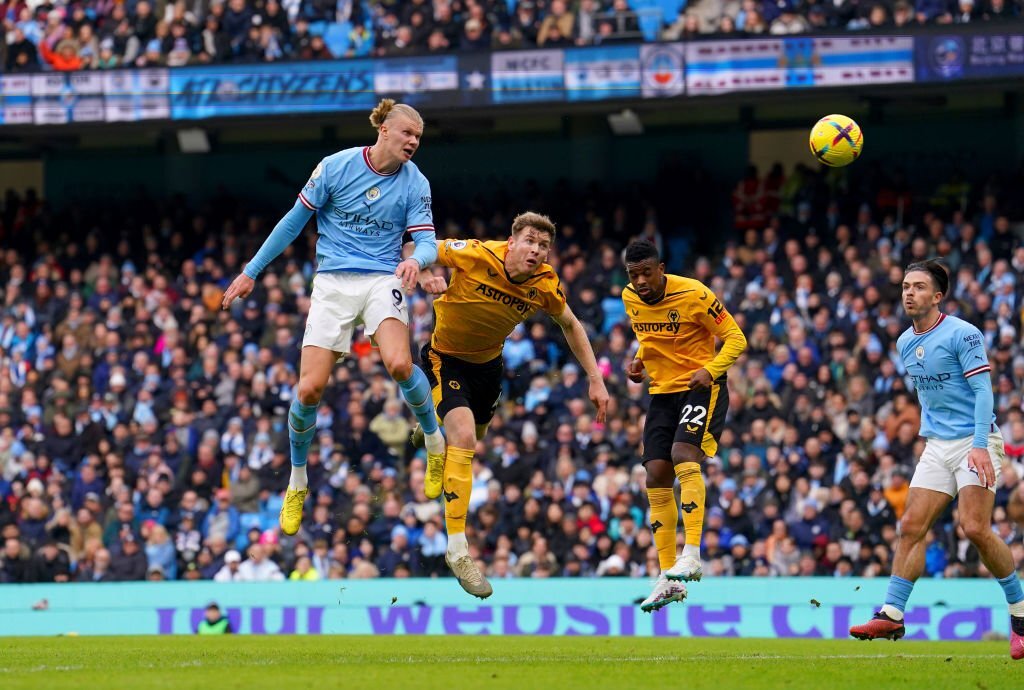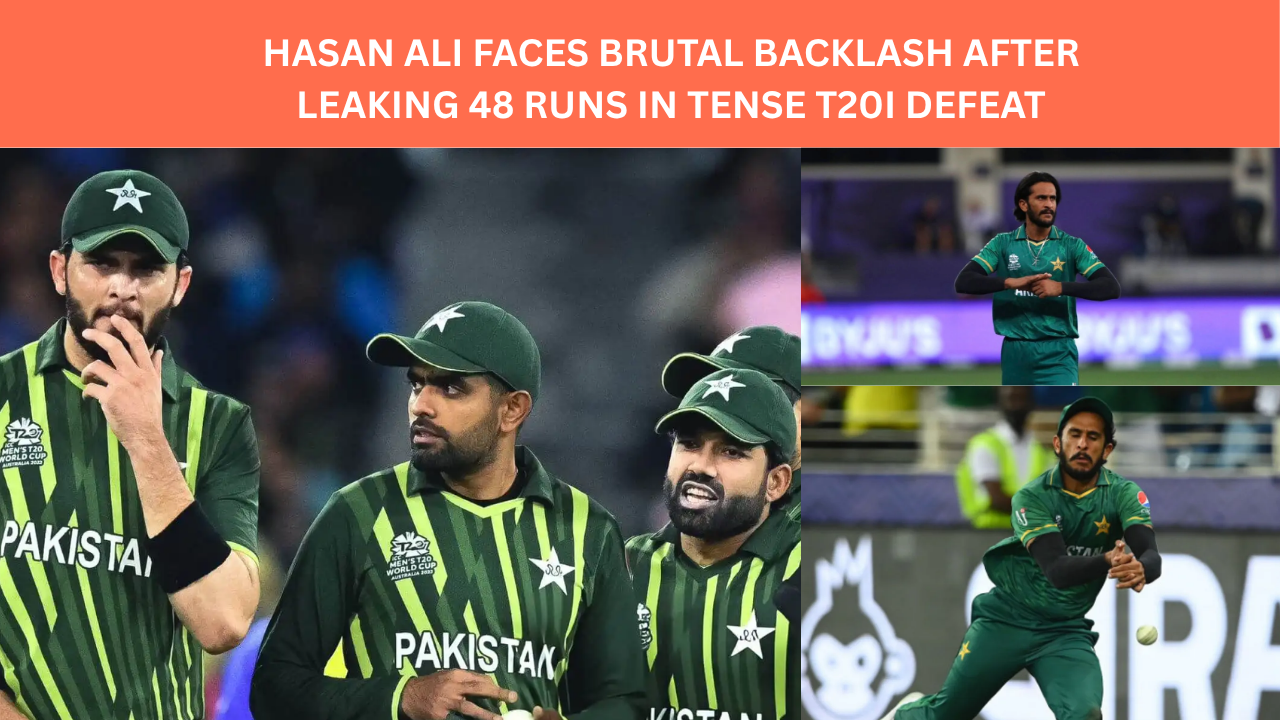
Campa Cola vs. The Giants: How a ₹10 Drink Is Shaking Up India’s Soft Drink Industry
The Cola War Heats Up in India
In an FMCG battlefield long dominated by global Goliaths like Coca-Cola and Pepsi, an old Indian favorite has staged a comeback that no one saw coming. This isn’t just about fizz and flavors—it’s about identity, pricing power, and who owns the thirst of India.
The Return of Campa Cola – Nostalgia with Muscle
Campa’s Old Glory
Back in the ’70s and ’80s, when Coke and Pepsi were nowhere in sight, Campa Cola was the drink in India. From college campuses to cinema halls, the bright red label was a part of everyday life. Its slogan, “The Great Indian Taste,” wasn’t just catchy—it was cultural. It said: we’ve got our own thing, and it’s good.
But then liberalization hit in the ’90s. Coke and Pepsi rolled in with shiny ads, celebrity endorsements, and massive budgets. Campa couldn’t keep up. By the 2000s, it had fizzled out—relegated to memory.
Reliance Enters the Scene
Then, in 2022, came a shocker. Mukesh Ambani’s Reliance Retail acquired Campa Cola. Why? Because timing is everything. With inflation pinching wallets and post-pandemic recovery reshaping consumer priorities, India was looking inward. Local brands, budget buys, and nostalgia were trending hard.
Reliance already had the muscle: 18,000+ retail outlets, JioMart, Smart stores, and the ability to flood the market overnight. Campa Cola wasn’t just making a comeback—it was coming back with firepower.
₹10 Pricing That Changed the Game
Let’s be honest—this is what turned heads. ₹10 for a cola? While Pepsi and Coke sold for ₹20–₹25, Campa entered at less than half. That wasn’t just smart—it was brutal.
It reached college kids, daily wage earners, families trying to save. It was like the sachet revolution all over again, but in bottles. Think what Nirma did to Surf Excel. Same energy.
Reliance isn’t worried about margins right now. They want volume. They want reach. They’re playing the long game, and they’ve got the war chest to sustain it.
How Campa Cola Is Beating the Global Giants
Distribution: Reliance’s Hidden Weapon
Pepsi and Coke have spent decades building supply chains. Reliance did it in months.
- Kirana stores? Campa’s already there, thanks to JioMart.
- Online delivery? Check BigBasket, Blinkit—Campa’s everywhere.
- Villages? Campa is reaching the places Coke still finds too expensive.
It’s not just about cities. Campa is winning in Bharat.
Marketing: Desi Heart Meets Gen Z Swag
Campa’s branding is old-school meets new cool.
- Old jingles and retro packaging for the nostalgia crowd.
- Gen Z influencers calling it “Gareebo ka Coke” on Instagram, and turning it into a trend.
- Ads on JioCinema and JioTV—home turf.
It’s not just a drink anymore—it’s a movement. Beyond Cola – Product Portfolio
Reliance is rolling out variants like:
- Campa Lemon – your local Sprite rival.
- Campa Orange – Fanta, but cheaper.
- Campa Jeera Soda – hitting the desi spice spot.
One brand. Multiple flavors. One shelf space. Multiple consumer types. Coke & Pepsi Hit Back
The giants aren’t stayPrice Games Begin
- Chota Coke at ₹12
- Pepsi Mini at ₹15
They’re trying to claw back market Premium Distraction
- New flavors: Coke Spiced, Starburst Pepsi.
- Energy drinks: Sting, Thums Up Charged.
- Limited Editions: IPL bottles, festive packaging.
They’re pivoting towards premium because they can’t win the price war.
The Legal Route
Whispers in the corridors: lobbying for stricter norms, trying to slow down local players. Regulatory red tape could be their indirect way of keeping Campa in check.
Why Consumers Are Ditching the Old Giants
Bharat > India
The real growth is happening in Tier 2, Tier 3 cities and villages. That’s where Campa is killing it. Coke and Pepsi still feel like city products. Campa? It’s everywhere.
Rise of “Swadeshi” Sentiment
#BoycottPepsi, #DrinkDesi, #AtmanirbharBharat — these aren’t just hashtags. They reflect a mood. Campa is seen as “ours.” That matters.
Health Matters, But Taste Wins
Sure, everyone’s talking about sugar-free, but most folks still want value + taste. Campa’s “No Fake Sugar” pitch is working—not for the gym crowd, but for the common drinker.
What’s Next?
Will Coke or Pepsi Buy Campa?
No chance. Campa’s Reliance-backed. It’s not for sale. If anything, Coke might eye smaller brands like Bovonto. But Campa is ouCan Campa Go Global?
Yes, and soon. Think Bangladesh, Sri Lanka, even parts of Africa. Places where Coke feels too pricey. Campa could go from local hero to global underdog.
Who Wins in India?
By 2026, Campa might grab 20% market share. By 2030, it could be India’s #2 soft drink brand.
Reliance isn’t in this for nostalgia. They’re building an empire.
Final Thoughts:
The cola war isn’t just about what’s fizzy. It’s about emotion, pricing, nationalism, and strategy. And right now, Campa Cola is punching way above its weight.
Coke and Pepsi are still heavyweights—but for the first time in decades, they’re facing a serious, homegrown challenger.
The fizz is real. And the fight is just beginning.
Also Read our new article : Happy Friendship Day 2025: Top 20+ Wishes, Messages, Quotes, Images & Status for Friends Who Feel Like Family






